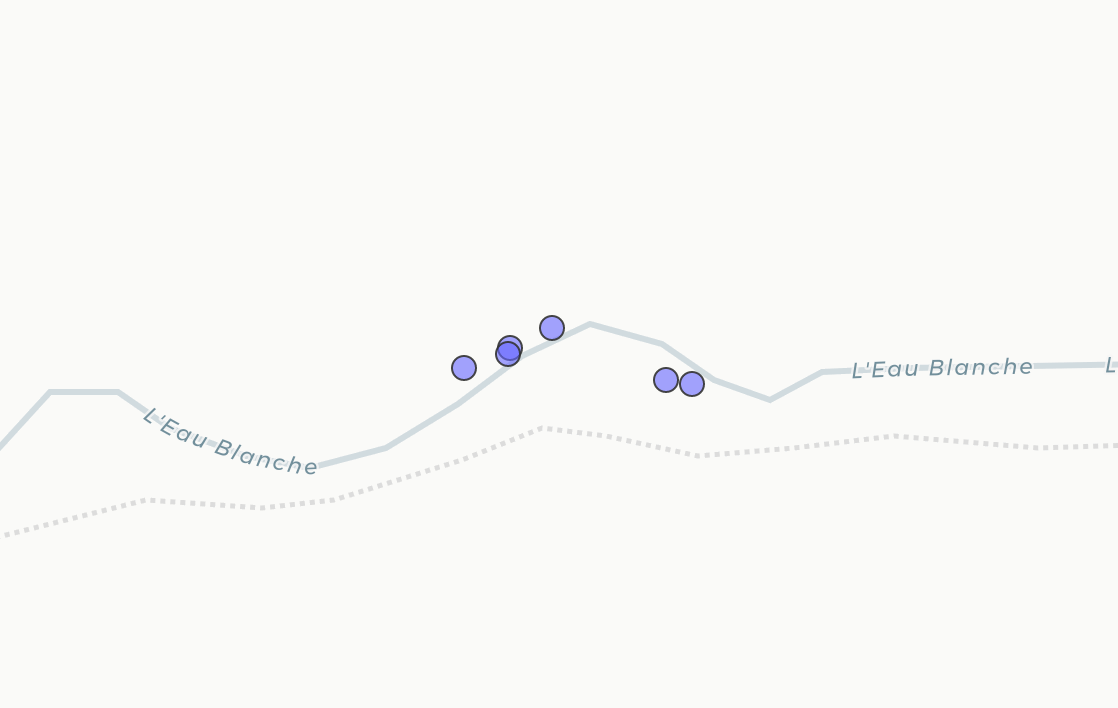I would like to convert coordinates from two different CRS on R.
| From | To | |
|---|---|---|
| DATUM | ETRS89 | BELGIAN DATUM 72 |
| Ellipsoid | GRS80 | HAYFORD24 |
| Projection | None | LAMBERT [1972] |
| Coordinates | GEOGRAPHIC | PLANE |
The original coordinates are in degrees and the output should be in x,y
You will find here a sample of the dataset:
structure(list(name = c("12112", "12201", "12202", "12203", "12208",
"12209"), lat = c(50.0855877916667, 50.0855997333333, 50.0856167121212,
50.0856117666667, 50.0856332380952, 50.0855853833333), lon = c(4.55540004166667,
4.55512903333333, 4.55519089393939, 4.5551871, 4.55524742857143,
4.55543285), id = c("12112", "12201", "12202", "12203", "12208",
"12209")), row.names = c(NA, 6L), class = "data.frame")

